 |
|

|
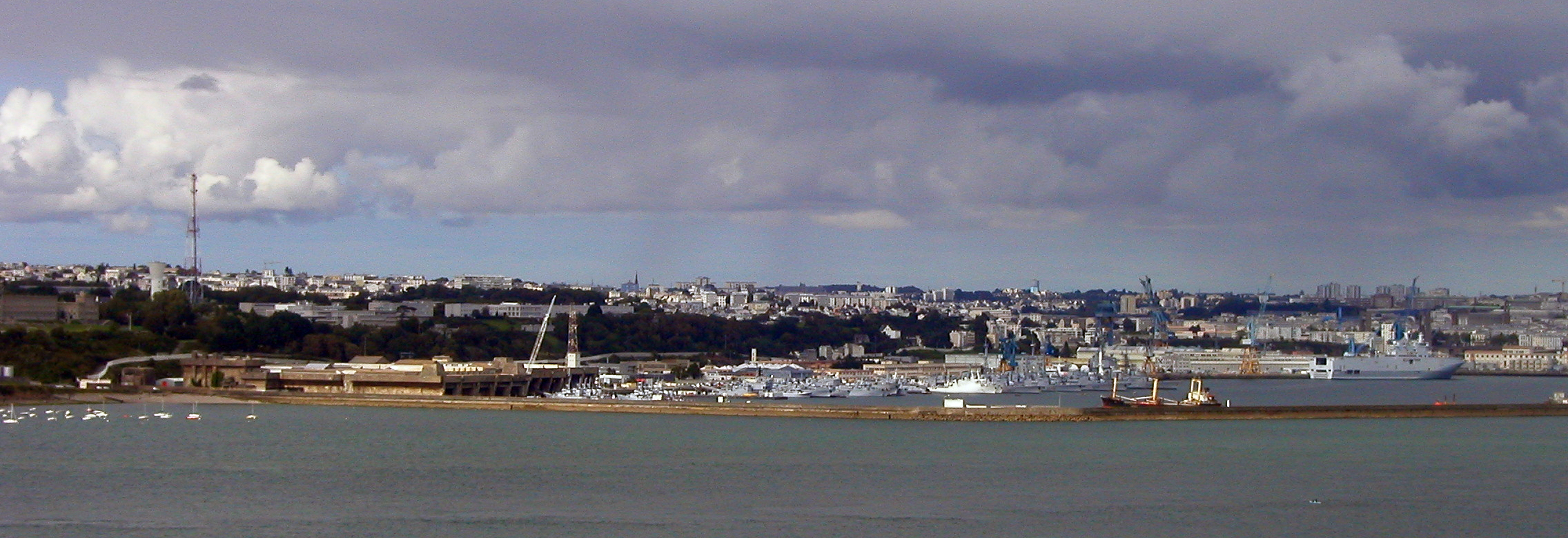
Conference Venue
|
|
History |
During the Middle Ages, the history of Brest was the history of its castle. Nothing definite is known of Brest before about 1240, when a count of Léon ceded it to John I, Duke of Brittany. In 1342, John IV, Duke of Brittany, surrendered Brest to the English, in whose possession it was to remain until 1397. The importance of Brest in medieval times was great enough to give rise to the saying, "He is not the Duke of Brittany who is not the Lord of Brest". With the marriage of Francis I of France to Claude, the daughter of Anne of Brittany, the definitive overlordship of Brest – together with the rest of the duchy – passed to the French crown. |
|
The advantages of Brest's situation as a seaport town were first recognized by Cardinal Richelieu, who in 1631 constructed a harbor with wooden wharves. This soon became a base for the French Navy. Jean-Baptiste Colbert, finance minister under Louis XIV, rebuilt the wharves in masonry and otherwise improved the harbour. Fortifications by Vauban (1633–1707) followed in 1680–1688. These fortifications, and with them the naval importance of the town, were to continue to develop throughout the 18th century. In 1694, an English squadron under Lord Berkeley, was soundly defeated in its attack on Brest. |
|
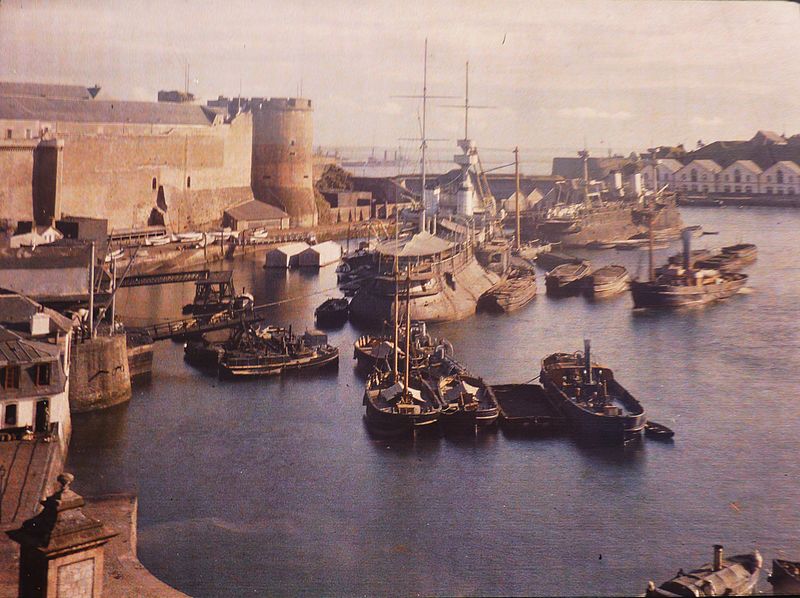 |
Brest grew around its arsenal, until the second part of the 20th century. In 1917, during the First World War, Brest was used as the disembarking port for many of the troops coming from the United States. Thousands of such men came through the port on their way to the front lines. |
|
In the Second World War, the Germans maintained a large U-boat submarine base at Brest. In 1944, after the Allied invasion of Normandy, the city was almost totally destroyed during the Battle for Brest, with only a tiny number of buildings left standing. After the war, the West German government paid several billion Deutschmarks in reparations to the homeless and destitute civilians of Brest in compensation for the destruction of their city. Large parts of today's rebuilt city consist of utilitarian granite and concrete buildings. The French naval base now houses the Brest Naval Training Centre. The town was to serve as a German enclave had the Germans won the war. In 1972, the French Navy opened its nuclear weapon-submarine (deterrence) base at Île Longue in the Rade de Brest (Brest roadstead). This continues to be an important base for the French nuclear-armed ballistic missile submarines. |
|
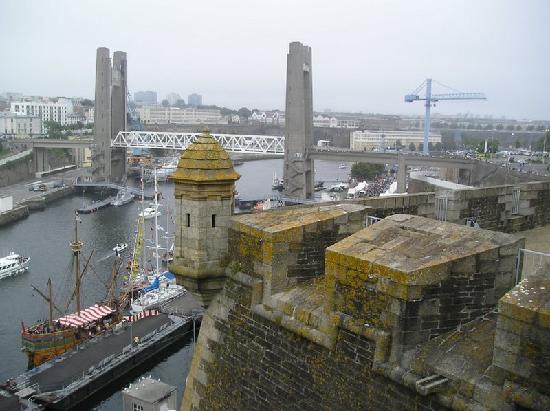 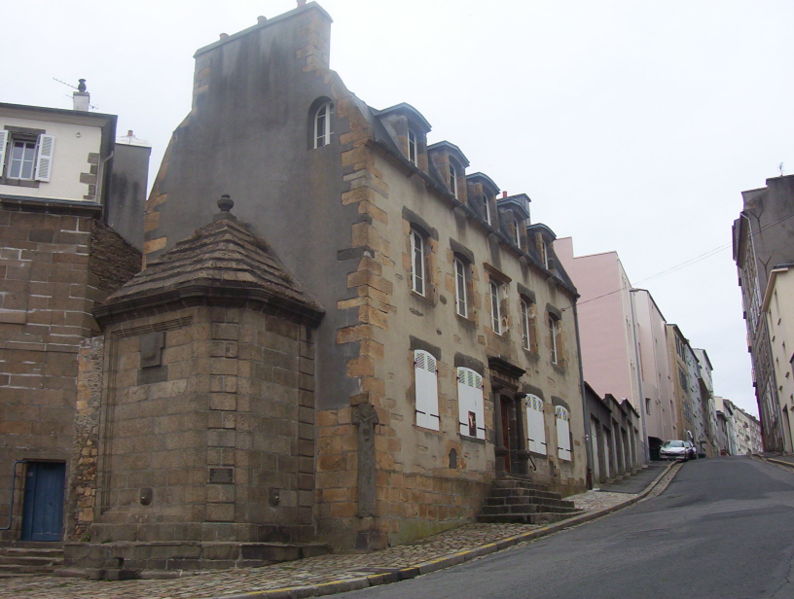
|
Brest is best known for its Pont de Recouvrance (Recouvrance Bridge, a massive drawbridge 64 m/210 ft high), the military arsenal and the rue de Siam (Siam Street). The castle and the Tanguy tower are the oldest monuments of Brest. The Musée de la Tour Tanguy, you will find a collection of dioramas that depict the city of Brest on the eve of World War II. The Musée national de la Marine de Brest, housed in the ancient castle, contains exhibits which outline Brest's maritime tradition, as well as an aquarium, the Océanopolis marine centre. The city also has a notable botanical garden specializing in endangered species, the Conservatoire botanique national de Brest, as well as the Jardin botanique de l'Hôpital d'Instruction des Armées Clermont-Tonnerre. |
|
The city of Brest does not have much remaining historical architecture, apart from a few select monuments such as the castle and the Tanguy tower. This is due to heavy bombing by the Allies during World War II, in an attempt to destroy the submarine base the Germans had built in the harbour. In the 1950s, the town was hastily rebuilt using a large amount of concrete. In Recouvrance, the west bank of the town, there remains an authentic street of the 17th century, Saint-Malo Street. A few kilometres out of town, there are more impressive landscapes, from sandy beaches to grottos to tall granite cliffs. Sunbathing, windsurfing, yachting and fishing are enjoyed in the area. Brest was an important warship-producing port during the Napoleonic wars. The naval port, which is in great part excavated in the rock, extends along both banks of the Penfeld river. The harbour of Brest is mainly dedicated to bulk, hydrocarbon and freight containers. The harbour's facilities can accommodate to world largest modern ships. |
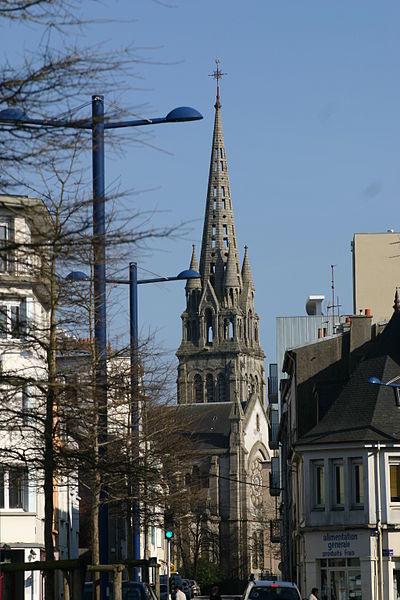 |
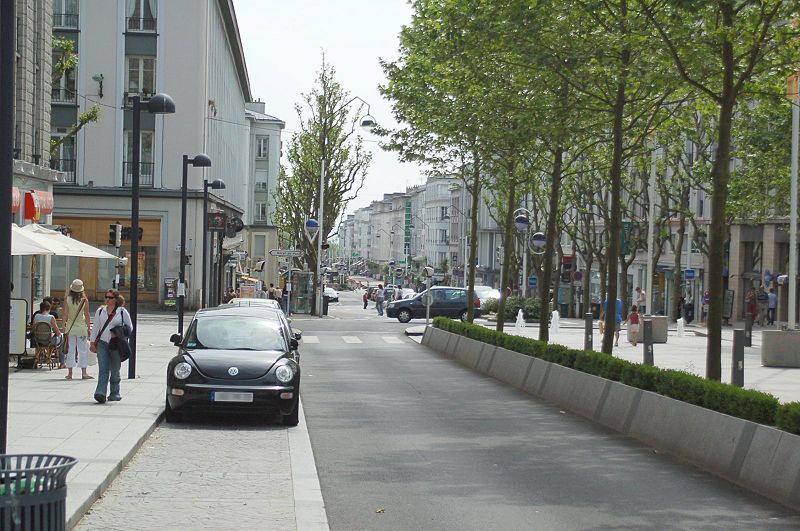
|
Profoundly marked by the Allies bombing raids during World War II, the city centre was completely rebuilt after the war. At the end of the 20th century and the beginning of the 21st century, the deindustrialization of the city was followed by the development of the service sector. Nowadays, Brest is an important university town with 23,000 students.Besides a multidisciplinary university, the University of Western Brittany, Brest and its surrounding area possess several prestigious French elite schools such as École Navale (the French Naval Academy), Télécom Bretagne and the Superior National School of Advanced Techniques of Brittany (ENSTA Bretagne, formerly ENSIETA). Brest is also an important research centre, mainly focused on the sea, with among others the largest Ifremer (French Research Institute for Exploitation of the Sea) centre, le Cedre (Centre of Documentation, Research and Experimentation on Accidental Water Pollution) and the French Polar Institute. |
|
Brest’s history has always been linked to the sea: the Académie de Marine (Naval Academy) was founded in 1752 in this city as well as the aircraft carrier Charles-de-Gaulle was built there. Every four years, Brest hosts the international festival of the sea, boats and sailors: it is a meeting of old riggings from around the world. |
|
Parts of this text were copied from 

Conference Location |
Oceanopolis |
Getting to Brest and the Conference Location 
By Plane |
Brest International Airport,
From the airport there is a shuttle bus service to city centre. |
By Train |
The railway station of Brest, Gare de Brest, is linked to Rennes and Paris. TGV trains to Paris Montparnasse take approximately four and a half hours to reach the capital. |
By Boat |
Brittany Ferries offers a direct sailing into Brittany from Plymouth and Cork to Roscoff. Daytime sailings from Plymouth take 6 hours and an overnight crossing takes 8 hours. There are up to two sailings per day at convenient times for a relaxed, enjoyable journey and a great start to your holiday. Two of our cruise ferries the Armorique and our flagship ferry the Pont-Aven make crossings on this route, both provide comfortable cabins and restaurants, shops and entertainments onboard.
From Cork, the crossing takes 14 hours and there are departures every Saturday for arrival in France on Sunday morning. This route uses only our luxurious flagship ferry the mv Pont-Aven. A choice of comfortable cabins, restaurants, shops and onboard entertainments including a swimming pool and leisure area mean the ferry crossing really will feel like part of your holiday. |
By Tram |
A new 28 stop, 14.3 km (9 mi) tram line connecting Porte de Plouzané in the west with Porte de Gouesnou and Porte de Guipavas northeast of the city centre opened in June 2012. |
By Shuttle and Bus |
The shuttle bus has correspondence with the line A of the Tramway at the station Porte de Guipavas. The service runs 7 days a week from 5h30 to 23h00, all year except May 1st. The ticket costs 1.40€ (good for one hour on all the tram- bus network). You arrive from airport at place de la liberté or place de Strasbourg or porte de Guipavas.
At Place de la liberté you have correspondence with lines 1,3,4,5,7,8,9,10 and at Place de Strasbourg you have correspondence with lines 5,7,8,11-14,1é For Oceanopolis, take bus number 15 ("Liberté/Océanopolis") or bus number 3 ("Provence/Océanopolis") |
By Car and Taxi |
The road easiest here from Paris is the autoroute Océane or A11-E50/A81 passing by Rennes. The road N12 running from Rennes to Brest . the road N165 passing from Nantes to Brest.
- From Rennes-Morlaix, take the exit signposted "Brest-Ports"
Taxis can be contacted from |
Brest Maps
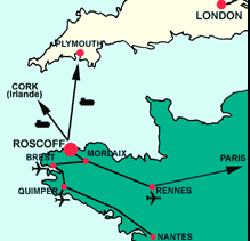
|
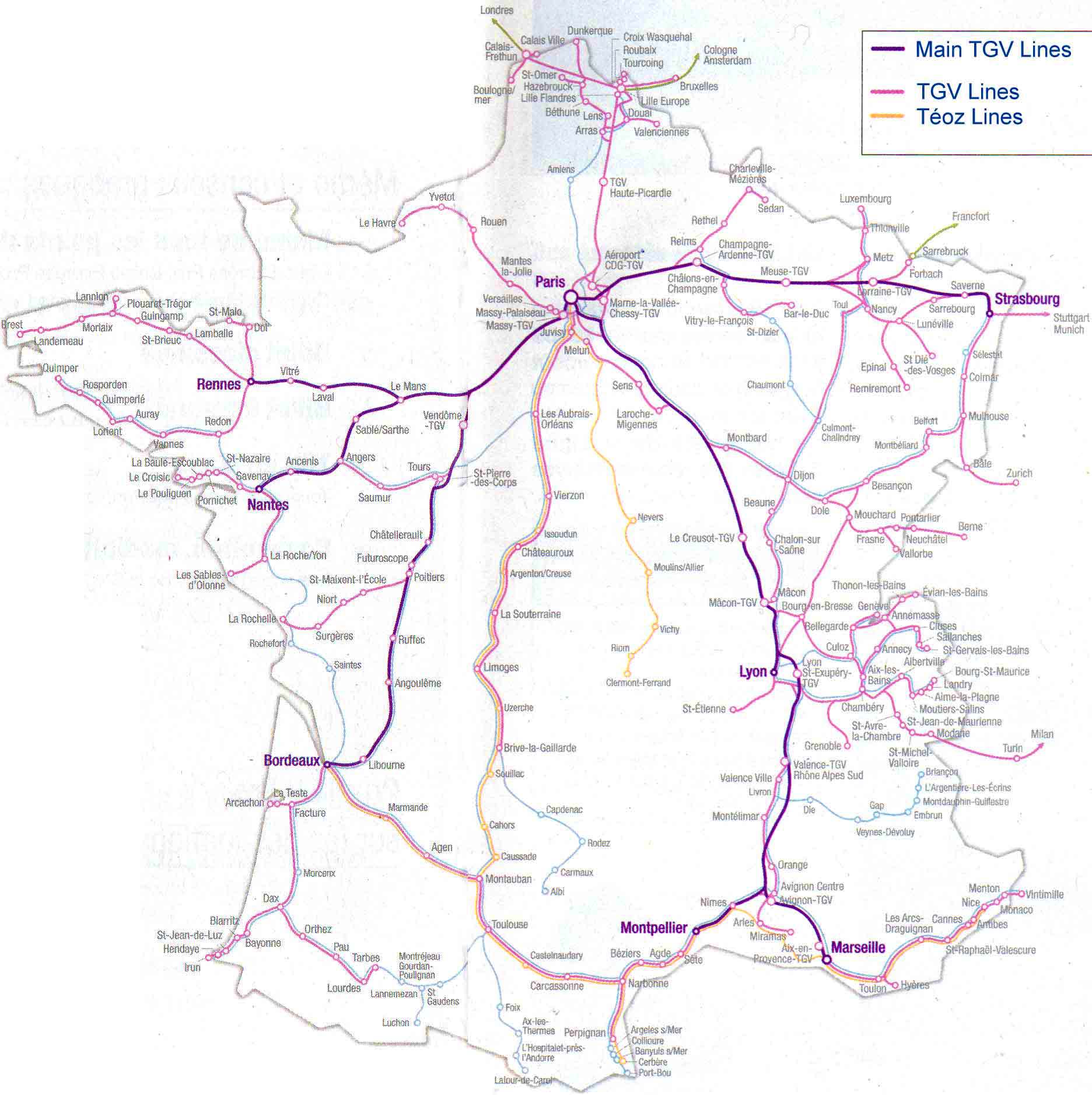 |
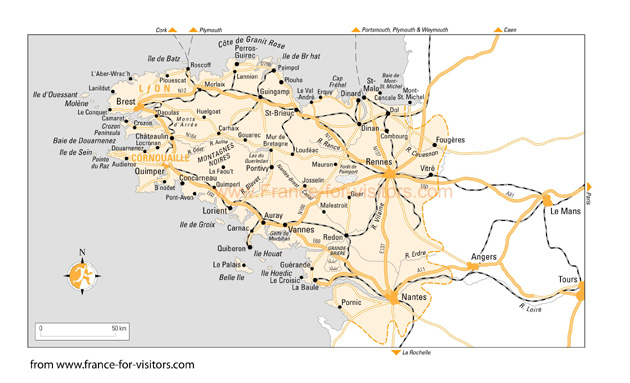 |
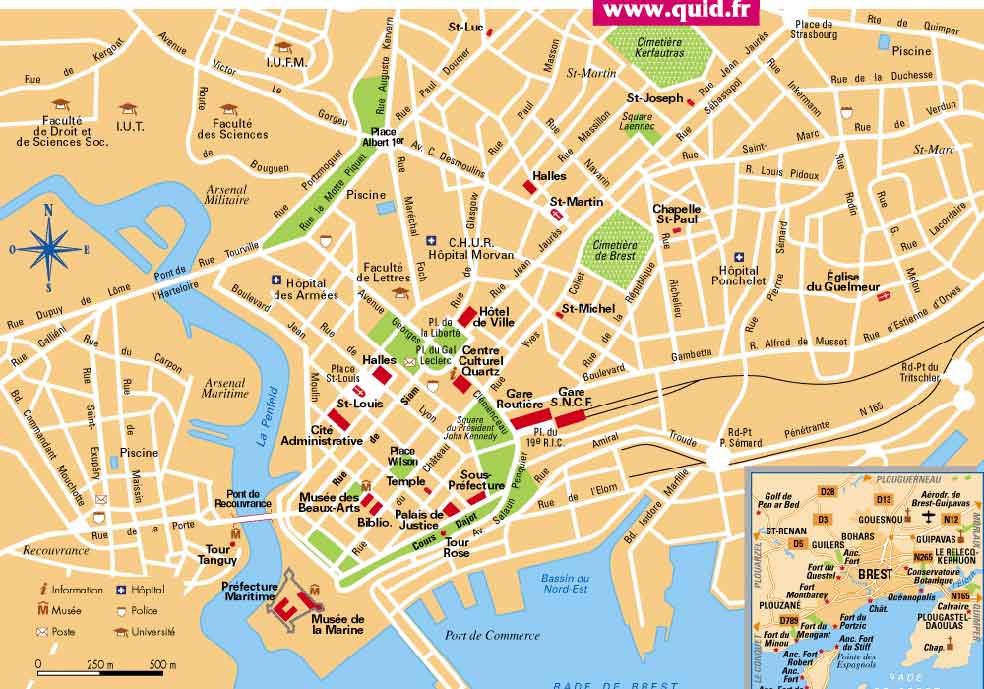 |
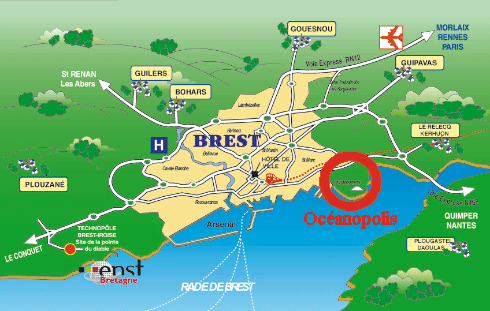 |
 |
Click on the above maps for a bigger view
Useful Links

|
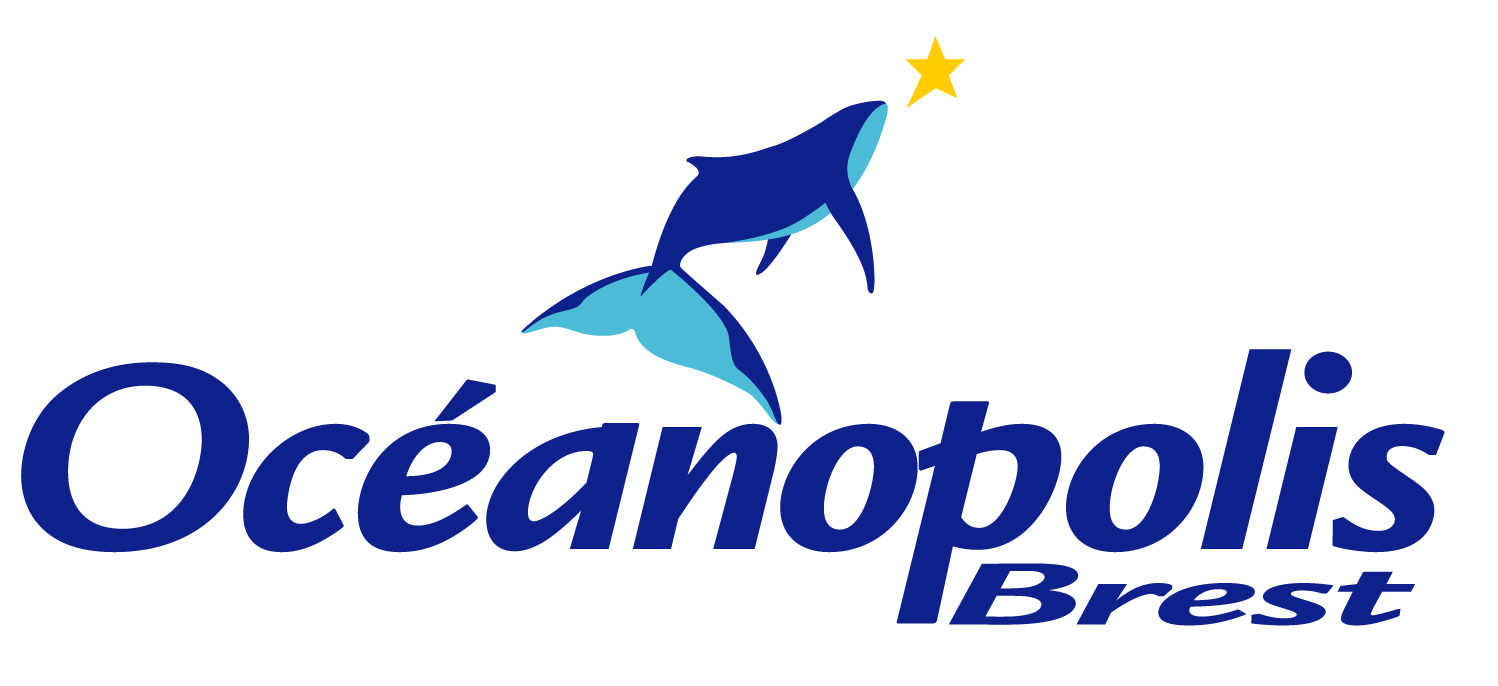
|


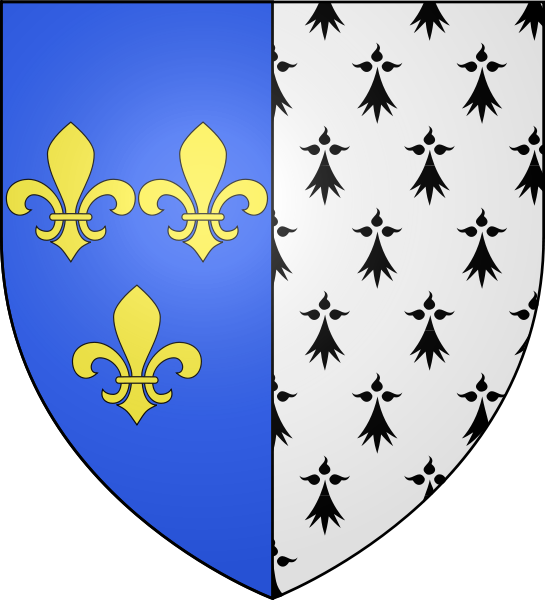 Brest is a city in the Finistère department in Brittany in northwestern France. Located in a sheltered position not far from the western tip of the Breton peninsula, and the western extremity of metropolitan France, Brest is an important harbour and the second French military port after Toulon. The city is located on the western edge of continental Europe.
Brest is a city in the Finistère department in Brittany in northwestern France. Located in a sheltered position not far from the western tip of the Breton peninsula, and the western extremity of metropolitan France, Brest is an important harbour and the second French military port after Toulon. The city is located on the western edge of continental Europe.
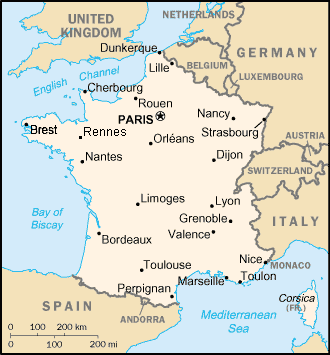
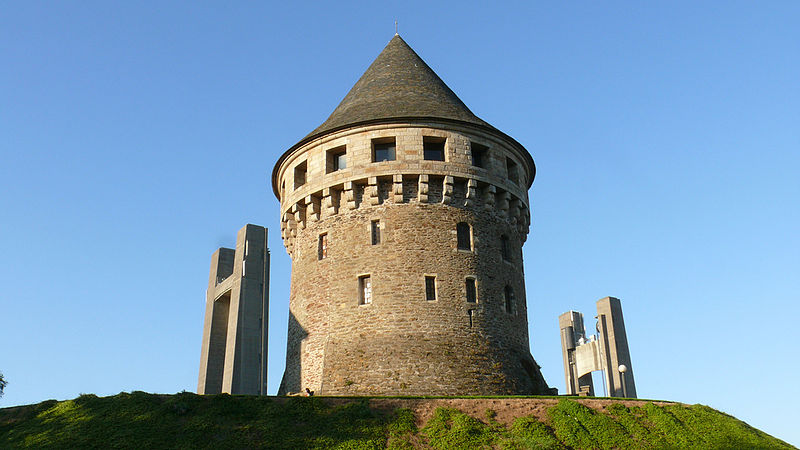
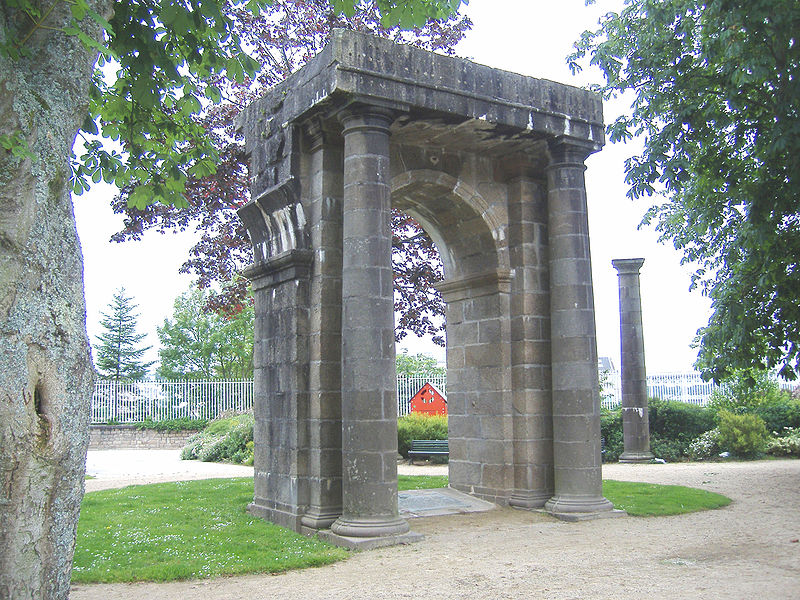
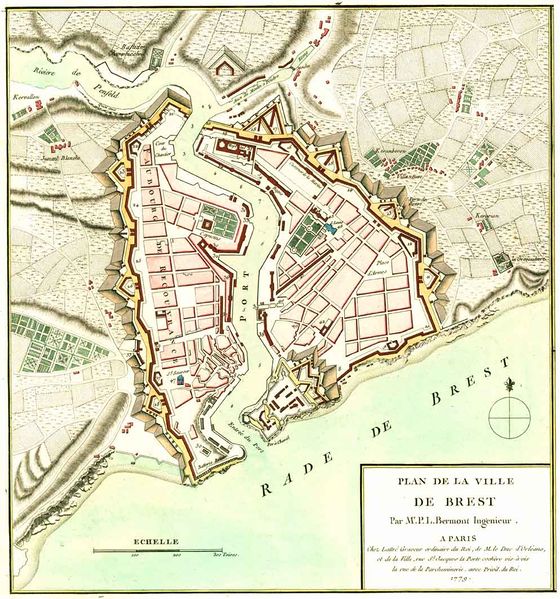
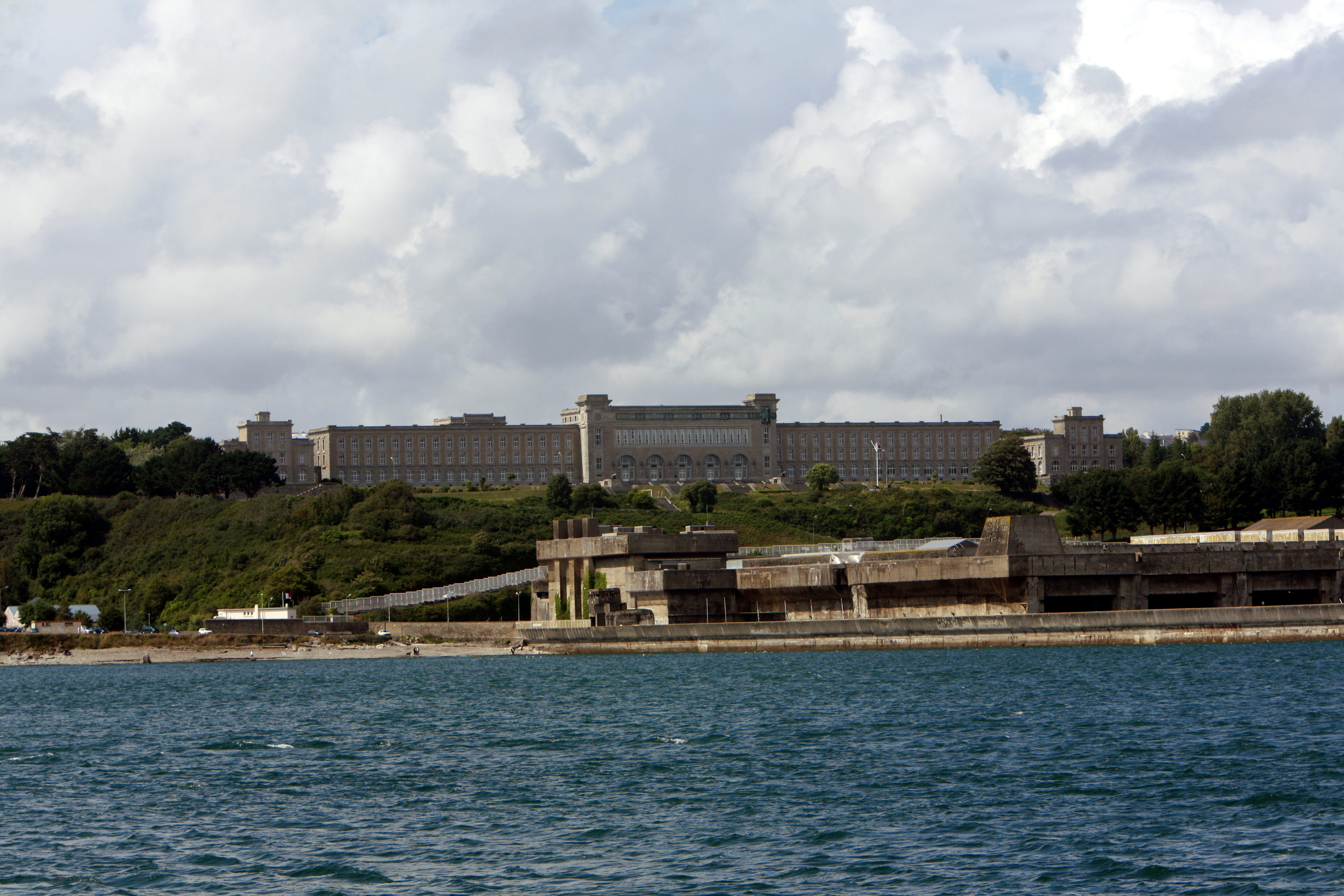

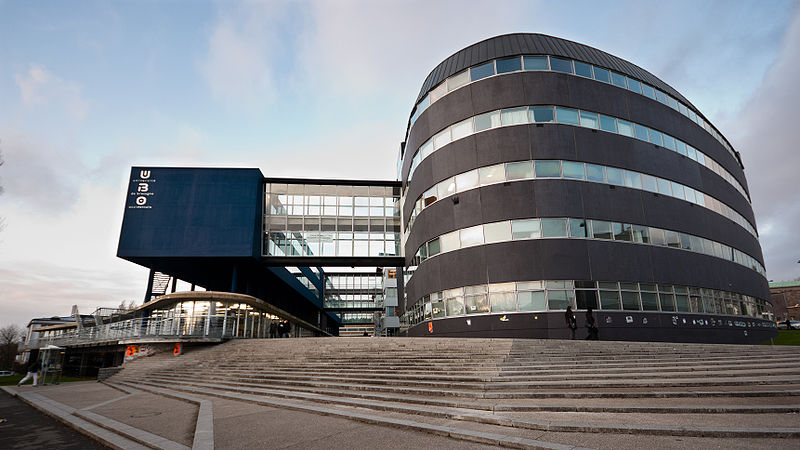
 Tel:
Tel: 
 Fax: +33.2 98 34 40 69
Fax: +33.2 98 34 40 69
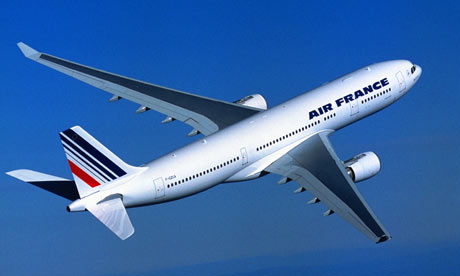
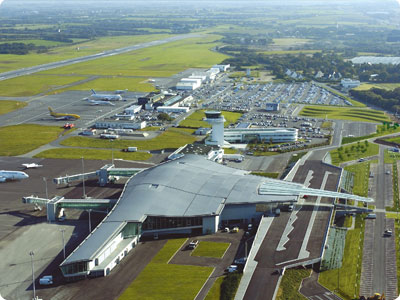
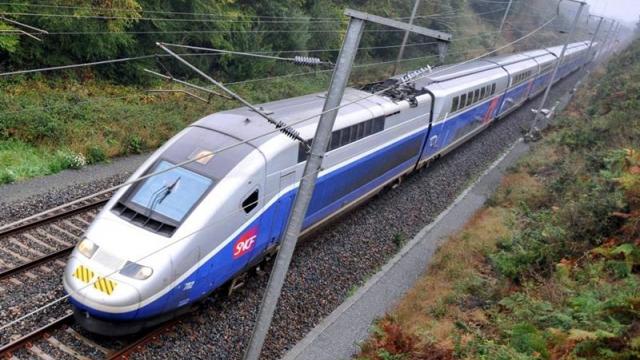
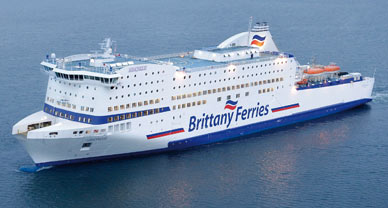
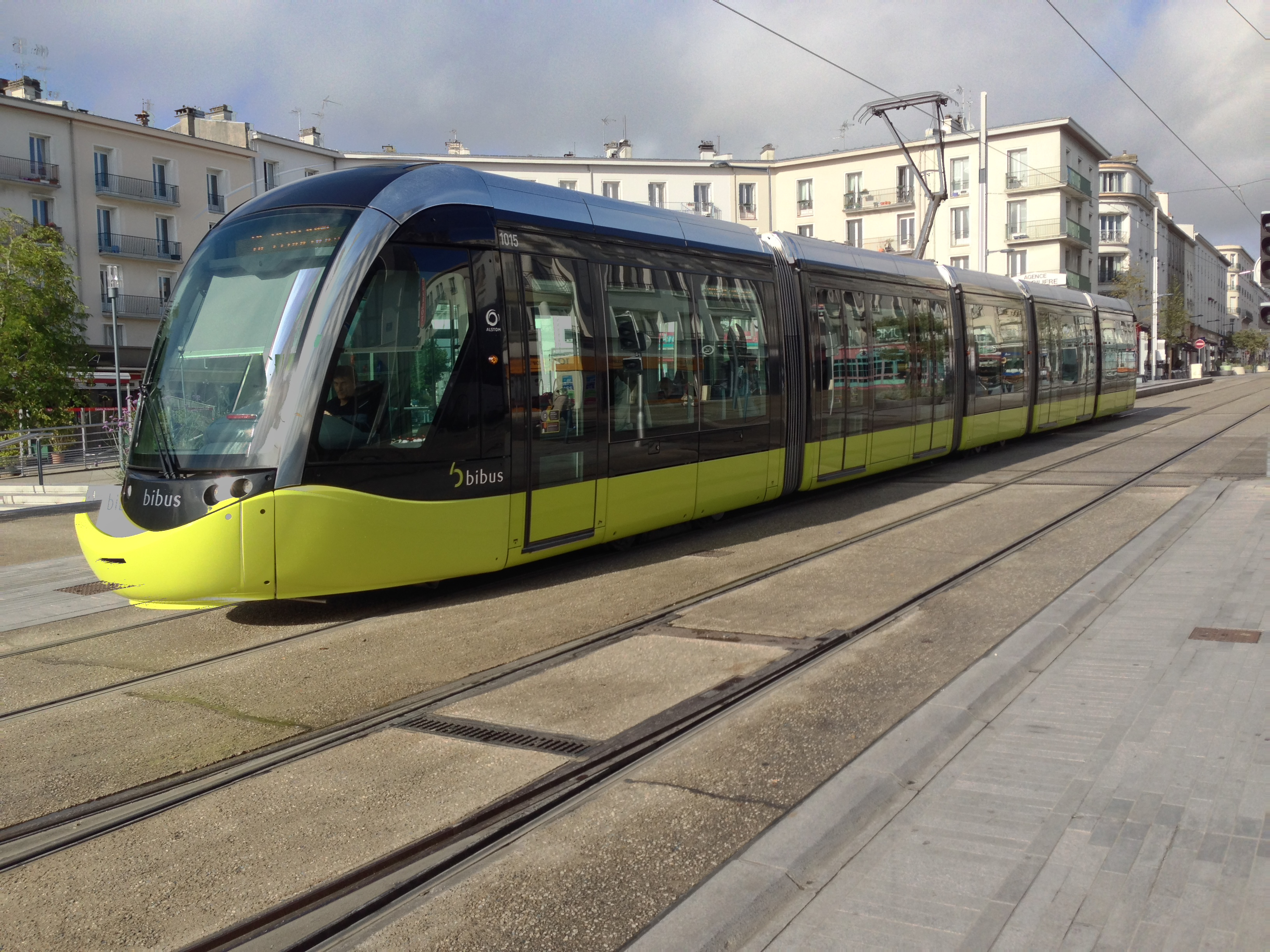
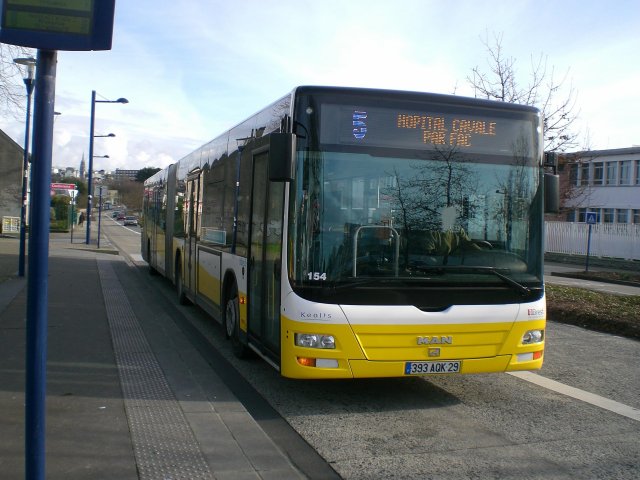


 Email:
Email: 







